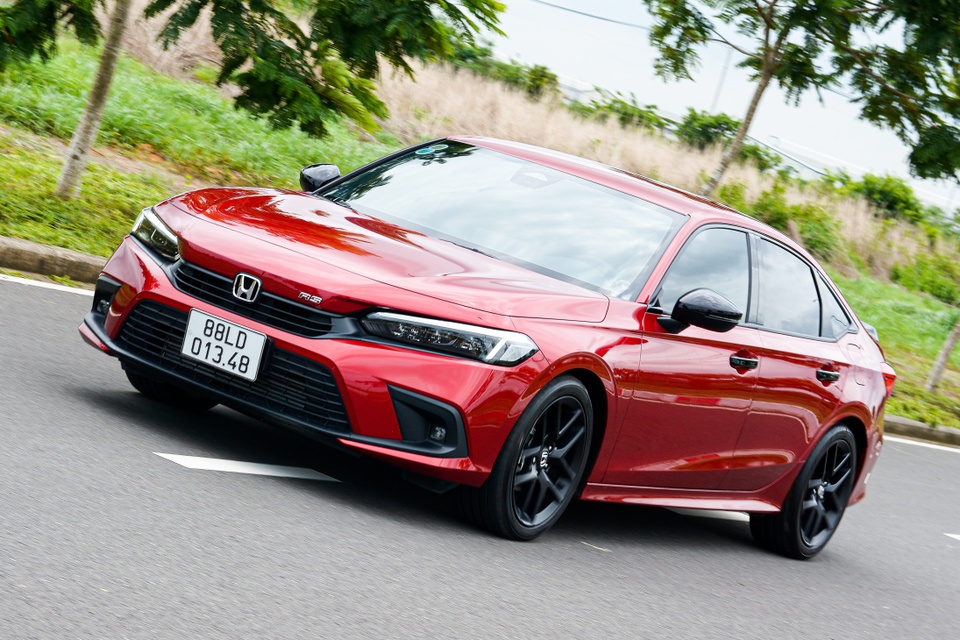
|
If in the past continuously variable transmission (CVT) was only popular in small, low-powered cars, nowadays this type of transmission can also be found in sports cars like the Subaru WRX. In fact, many hybrid cars are also equipped with e-CVT transmission.
However, popularity doesn’t necessarily mean being favored by all drivers, as many people still have prejudice against CVT transmission for various reasons.
| |
What is CVT transmission?
The concept of CVT transmission dates back hundreds of years, but it wasn’t until 1958 that this type of transmission appeared in a car model from the brand DAF (Netherlands). Nearly 30 years later, Subaru introduced electronically controlled CVT transmission. Subsequently, many brands such as Ford, Fiat, and Nissan also introduced models with this type of transmission.
CVT transmission does not use gears to change the gear ratio from the engine to the wheels like conventional transmission. Instead, this transmission is made up of 3 main components: a belt, an input pulley, and an output pulley.
| |
|
CVT transmission is suitable for low-powered vehicles. |
The energy from the input pulley is transmitted to the output pulley via the belt, and then the energy is further transmitted to the wheel axle. To change the gear ratio, the control system adjusts the diameter of the two pulleys.
For example, when more power is needed for acceleration or heavy loads, the input pulley decreases in diameter, while the output pulley increases in diameter to change the gear ratio from the engine to the wheels.
Thanks to the ability to continuously change the gear ratio throughout the operation, CVT transmission has almost no fixed gear ratio. This is advantageous but at the same time brings certain disadvantages during use.
Trade-off between driving experience and fuel efficiency
With the advantage of creating almost infinite gear ratios, CVT transmission brings many benefits. The first is a smooth driving experience when accelerating or decelerating, thanks to eliminating the “jerk” feeling when shifting gears in conventional transmissions.
In addition, the continuously variable gear ratio optimization also helps optimize fuel consumption. The engine does not have to work hard to reach a certain RPM before shifting to a lower gear, which is often seen in automatic transmissions with fewer gears.
In addition to the benefits for users, CVT transmission is also chosen by many manufacturers because of the cost optimization. The simple structure, low cost, and rare faults are the strengths that make this transmission increasingly popular, especially in urban car models.
| |
In addition to the aforementioned prominent advantages, CVT transmission still has limitations, so it can only be applied to low-powered vehicles that do not focus too much on the driving experience.
Firstly, the structure of this transmission is prone to belt slipping whenever the driver accelerates suddenly. This means that the engine RPM is still pushed up, but the traction transmitted to the wheels is significantly reduced. Therefore, CVT transmission is not a suitable choice for high-powered cars.
After a period of use, the drive belt will deteriorate and stretch, leading to more belt slipping, especially when accelerating suddenly. This also causes noise during operation. In the worst case scenario, the belt can break suddenly, rendering the car inoperable.
The increasing popularity of CVT transmission is understandable when car manufacturers always want to optimize costs, especially for affordable and compact car models. In the group of customers using these car models, the driving experience is not a major concern, instead, customers pay more attention to fuel consumption and comfort during operation.
CVT transmission today, despite having simulated gear ratios, still cannot provide the same driving experience as transmissions with fixed gears. The driver can still feel the slipping sensation when accelerating suddenly. Overall, for performance-oriented car models, transmissions with fixed gears are still the ideal choice at the moment.
Great books to read in the car
In the Car category, we bring readers interesting books on various topics. On long journeys with cars, it is not uncommon for us to have moments to rest, relax, and books are our interesting companions.





























![[CAR REVIEW] Discover the Subaru Forester 2023: Too “adorable” for the “love knowers”](https://vnauto.net/wp-content/uploads/2023/10/xehay-subaruforestertrip-11032023-23-150x150.jpg)












